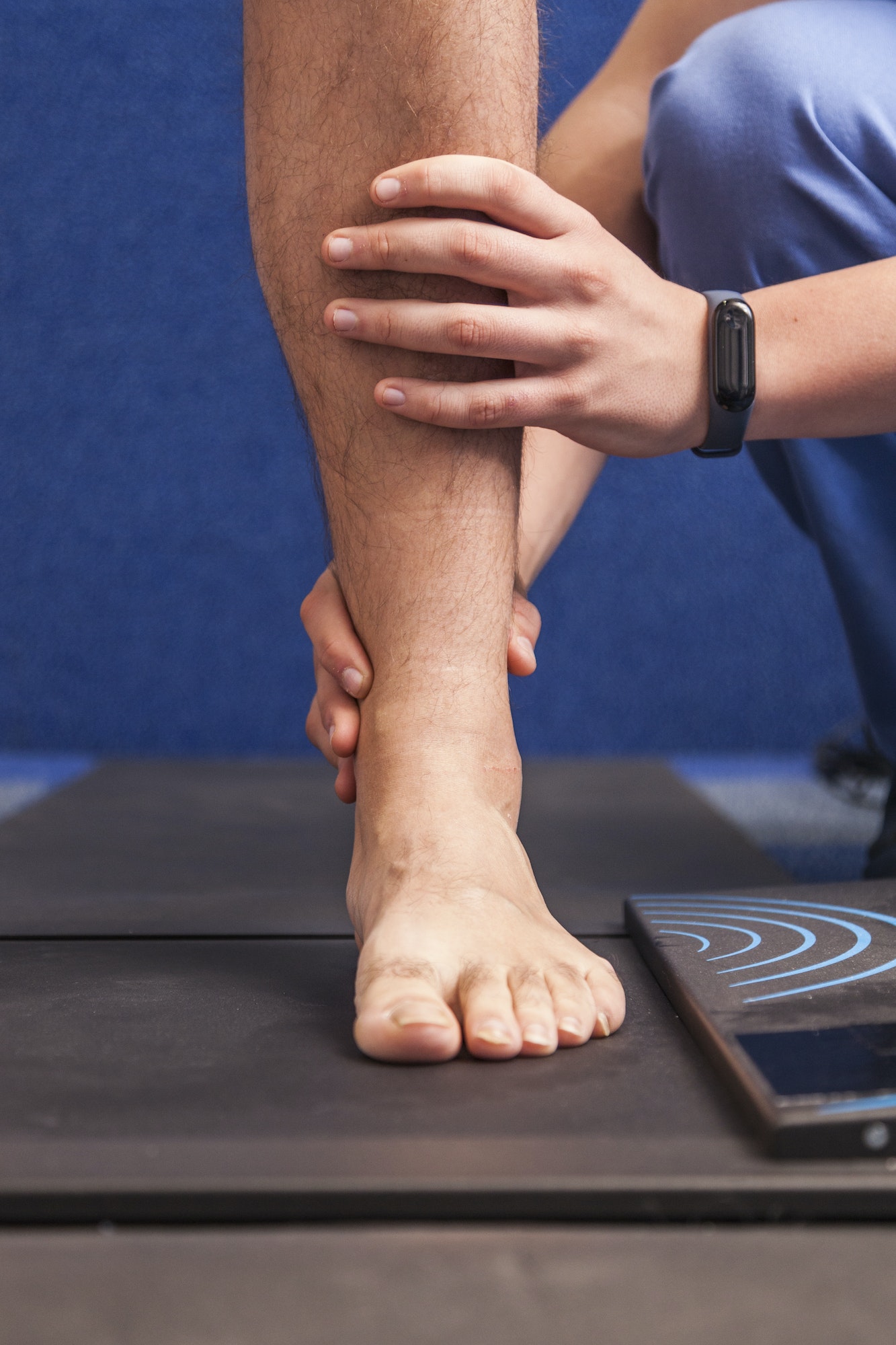Table of Contents
Your feet are made to withstand a great amount of pressure. The average person takes thousands of steps every day, and every time one foot steps in front of the other, our entire body weight drives a great deal of stress on our feet. Many people spend a great portion of their day standing or walking without any issue. However, if your feet are a certain shape or if you’re wearing the wrong footwear, this daily exertion can cause your toes to form into an abnormal position. Two of the most common toe deformities which occur this way are hammer toes (hammertoes) and claw toes.
Hammer Toes vs Claw Toes
While the causes and effects of these two deformities are similar in many ways, hammer and claw toes are distinct conditions from one another. The second toe (closest to the big toe) is most prone to develop this deformity. It occurs when the middle knuckle joint of the toe becomes rigidly bent, forcing the toe downward. Claw toe, on the other hand, frequently affects more than one toe. Claw toes also tend to affect all three joints of the toe, forcing the toe to bend upward at its base, downward at the middle toe joint and downward at the joint located at the tip of the toe.
What Causes Hammer Toe & Claw Toe?
There are a wide range of causes that form both hammer toe and claw toe deformities. Genetics, the natural shape of your foot, structural biomechanics and other health conditions may contribute to their formation. Hammertoes are commonly caused by narrow, pointed shoes that squeeze the toes closer together. Claw toes are more likely than hammer toes to be the result of nerve damage, a circulation issue or other underlying medical conditions.
How Do I Know if I Have a Hammer Toe or Claw Toe?
In the case of either toe deformity, you will typically notice that one or more joints of the toe is naturally bent in an abnormal position. When the toe is curved downward, this position often causes toe stiffness over time. Additionally, it may cause the toes to rub against the shoes which may lead to irritation and inflammation. This continued friction can lead to blisters, corns, and calluses. A podiatrist can help diagnose various foot deformities and discuss treatment plans with you.
Treatments for Hammer Toe & Claw Toe
When hammer toes or claw toes are in their early stages, they often cause mild stiffness and pain. A simple solution is to wear wider shoes with a taller toe box to help accommodate the bent toes and reduce friction and rubbing on the skin. Pads or insoles can also be helpful in this regard. If these simple interventions are ineffective or if you have a severe deformity which causes significant pain and difficulty standing or walking, you may want to talk to your podiatrist about the potential need for surgery. Our surgeons specialize in corrective surgery for hammertoes, claw toes, and other foot deformities that commonly cause pain and discomfort. On average, patients who seek medical and surgical treatment early on tend to have better results with shorter recovery times.

Meet Weil Foot & Ankle Institute
Weil Foot & Ankle Institute was founded in 1965, by Dr. Lowell Weil Sr, who was inspired by a need to progress the Foot & Ankle Care category into the future through innovation. As one of the first Doctors of Podiatric Medicine (DPM), Dr. Weil…
By: Weil Foot & Ankle Institute, Published: Aug 31st, 2021
Review By: Kristin Abruscato DPT – Jan 19th, 2023


